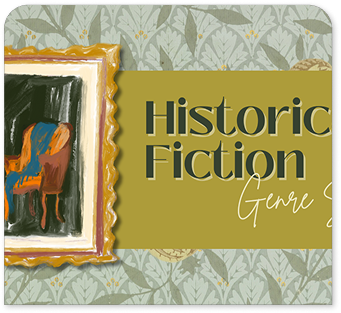-
Mon-Fri: 10AM to 8PM 01722665665
-
My Account
-
-
46
-

Conceptual Physics Class 12th (OLD)
1 x₹ 880
-

Geography Of India (Punjabi Medium)
1 x₹ 410
-

Readings in Sociology BA 5th Sem PU (English Medium) - Old
1 x₹ 226.02739726027
-

Business Mathematics and Statistics BCom 3rd Semester PU Chandigarh - Old
1 x₹ 323.57142857143
-

All in One Biology CBSE Class 12th - New
1 x₹ 402.35294117647
-

MBD Hindi Guide BA 1st Sem PU - Old
1 x₹ 111
Total :
₹ 19,255.19


































































